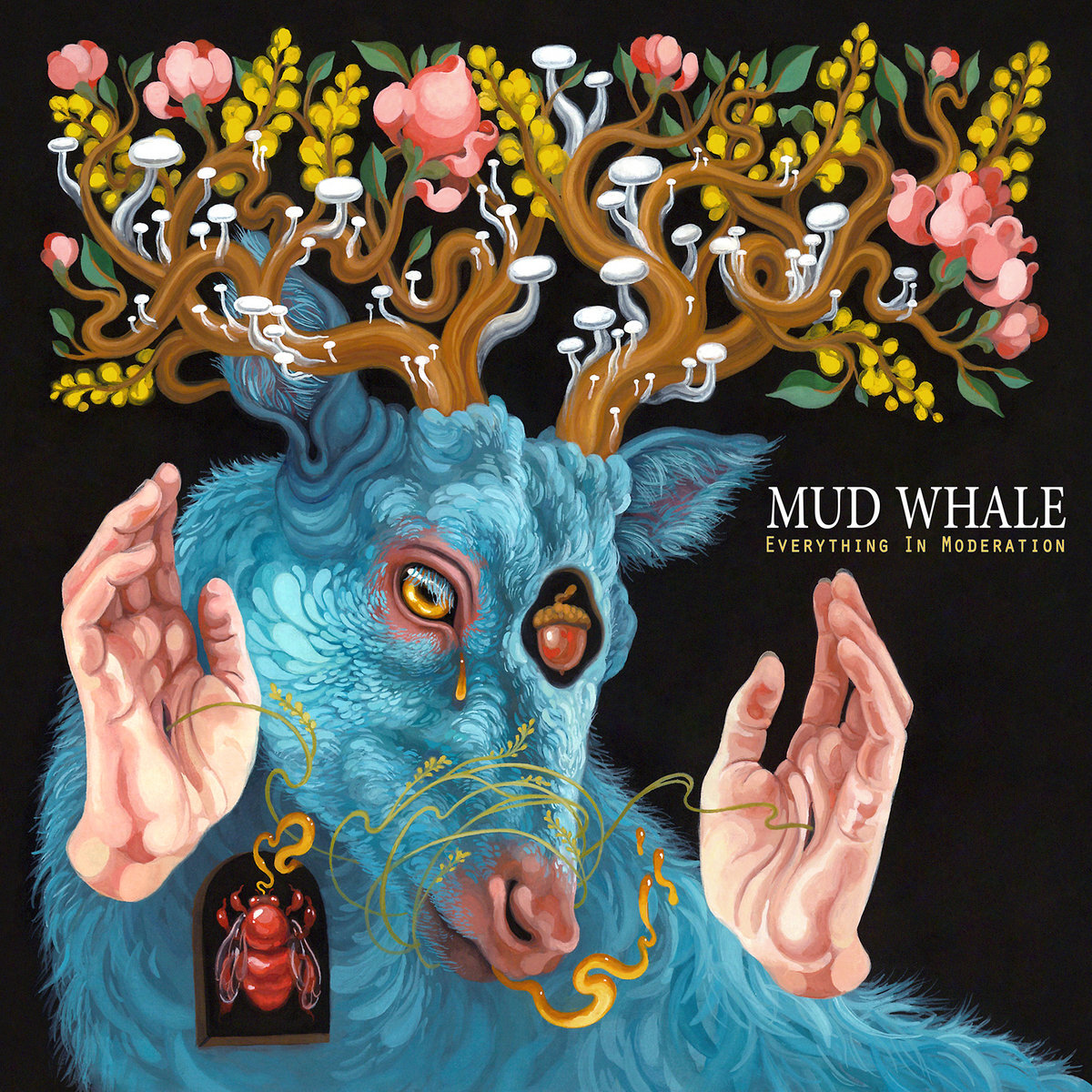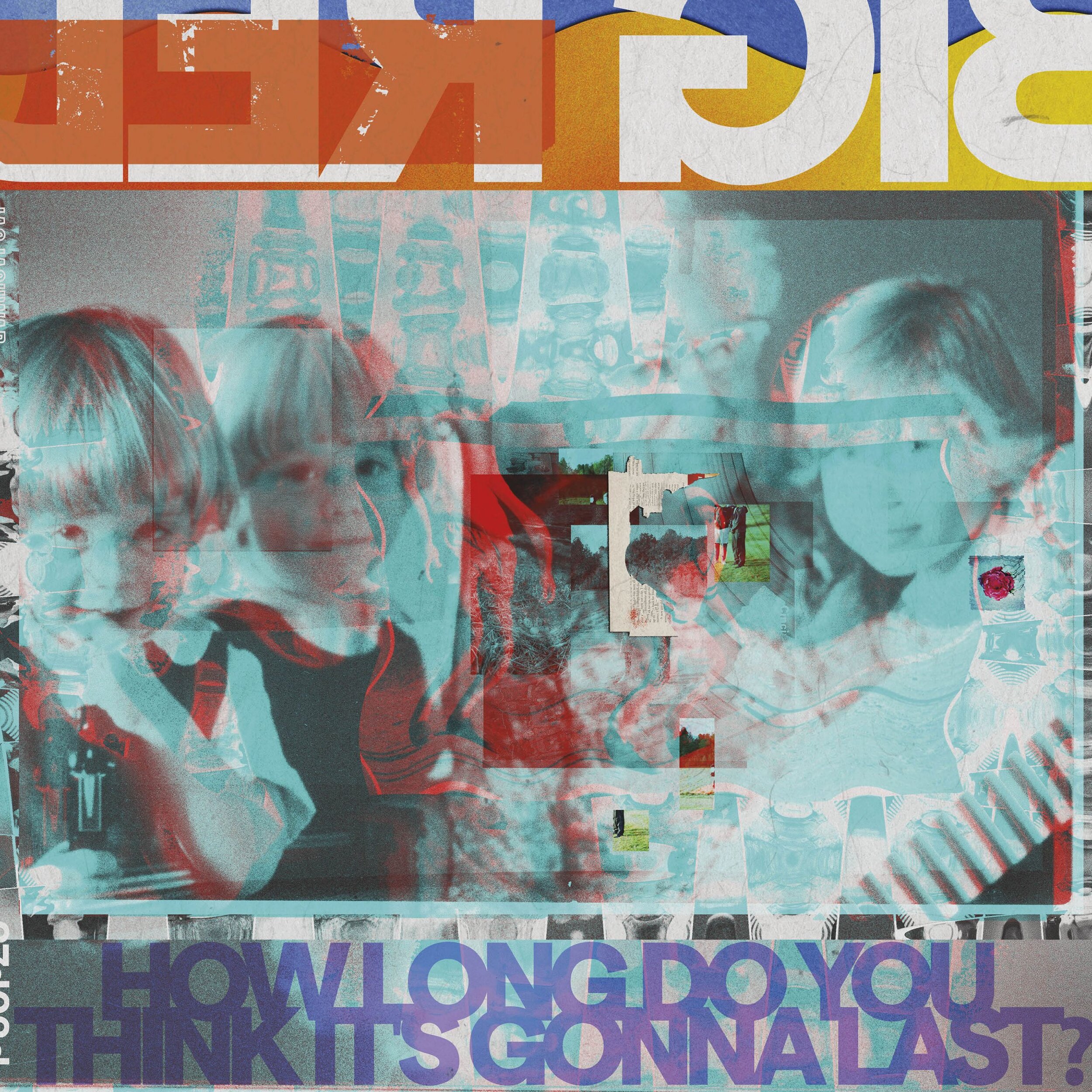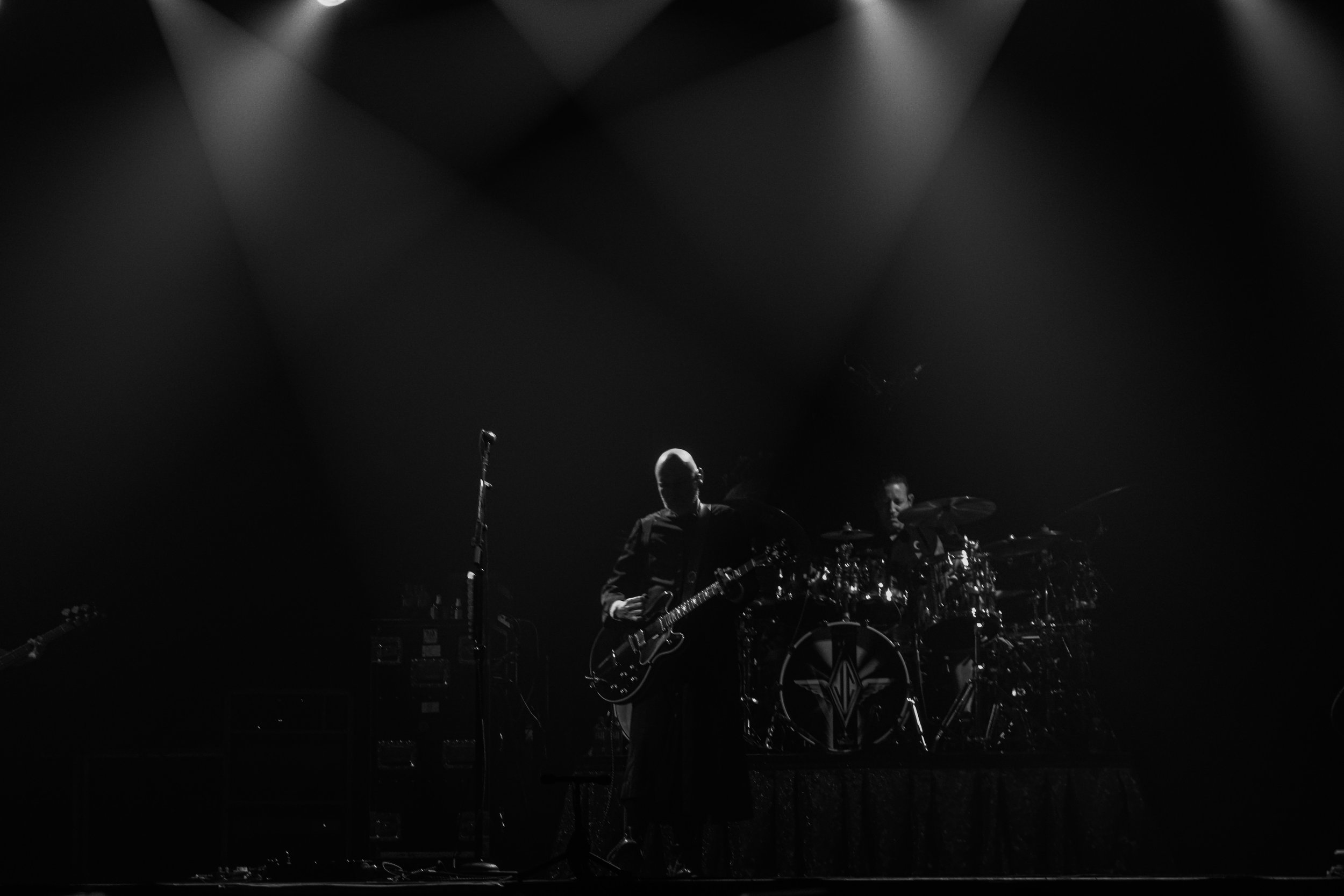Jail Socks – Coming Down | Album Review
/It’s Not Forever, the debut EP by Jail Socks, was always meant to be a document of a past life. It’s 21 minutes of high school memories, smoke sessions, and drunken phone calls. This release saw a group of 18-year-olds looking back wistfully on both the low and high points of their teenage years just as they were at the onset of something new. The instrumentals were as jittery, fast-paced, and anxious as you would expect from someone entering this scary phase of life that we call adulthood. The experiences captured on this EP all lead to a bottoming-out in the epic six-minute closing track “Steering Wheel.”
Peep yours truly in the turquoise flannel going buck-wild up front.
That song sets the scene with an angelic starry night guitar intro but soon pans down to Earth as we join lead singer Aidan Yoh who has just collapsed in their car. As the world falls apart around them, we hear our narrator at their lowest reflecting on all the events that have led to this point and all the irreversible hurt that has been caused along the way. The lies have caved in, and somehow Yoh is still self-aware enough to realize they don’t have the coping mechanisms to deal with the emotions that lay before them. Despite all this, they decide to face reality, clinging to the hope that “it’s not forever” before a violent instrumental erupts beneath them. From here, the lyrics sound as if we’re listening in on one half of a fight over the phone. Half phrases are shouted across a sparse instrumental. “You lied to me / I lied to you / So I don’t get your bullshit claims / What makes you so special / That makes me the only one to blame?” Now at a loss, the narrator circles back to one phrase; “What makes you so special?” Yoh belts the question repeatedly as the instrumental rises in intensity until the entire thing simmers over. Then it all fades out.
And now Jail Socks pick up where they left off with Coming Down. Taking a decidedly less-tappy approach to their music, the group’s debut LP swaps the overtly emo sounds of their early work for a genre they’re simply calling “rock and roll.”
The contrast between the song that opens the first Jail Socks EP and the song that opens the first Jail Socks album is stark. While “Jake Halpin” begins with an electrifying jolt of midwest guitar tapping, “Caving In” kicks off with a series of swaying guitar chords followed by a propulsive drum fill. It immediately sounds different than anything else the band has ever recorded, and that’s either good or bad, depending on who you ask.
Previously, my love for Jail Socks was rooted in how over-the-top emo the songs were. I got into the band from this clip, which sounds sloppy as fuck now, but captured a sort of sweaty DIY basement je ne sais quoi that the group absolutely nailed. I saw that clip, and I wanted to be there. I wanted to be shouting and screaming along. I wanted to be in it. Three years down the line, it shouldn’t surprise anyone that Jail Socks sound tighter than that clip, but what is surprising is how far their tastes have developed past midwest emo emulation.
In fact, over the last few years, watching the band members individually explore (and fall in love) with acts like Metallica, Third Eye Blind, and Jimmy Eat World has been an amazing thing to watch unfold. It’s like the heavy music to shoegaze pipeline for emo bands. You can’t stay stuck on Mike Kinsella forever, and Jail Socks is proof there can be something honest, unique, and just as artistic on the other side. Watching the band members get into music outside of the emo sphere has been a pivot, but it’s also an immensely relatable horizon-broadening phase that every music fan goes through at least a few times throughout their life. It’s no surprise then that this brand of hook-heavy alt-rock bleeds through on nearly every song found on Coming Down, but we’ll get to that in a little.
Part of this sonic change is due to the maturation that comes naturally with time, but is also thanks to a more democratic songwriting process. While all previous Jail Socks material was penned by guitarist and singer Aidan Yoh, Coming Down saw bassist Jake Thomas and drummer Colman O’Brien joining in on the creative process from the inception of these songs. What’s more, the band’s LP also sees Thomas tagging in for vocals on quite a few tracks, effectively making Jail Socks a “dual lead vocalist” band. The group detailed these changes in a loving multi-thousand-word profile over at Queen City Nerve, which is, as far as I’m concerned, the new Jail Socks Bible.
Photo by Nick Lewis
These creative and lineup changes aside, it’s still the same old Jail Socks I fell in love with back in 2018, just with a coat of fresh paint… but it took me a few listens to realize that. Lead single “Peace of Mind” is a standout track that did a lot to assuage my fears of the changing sounds. Releasing this as the first song off the album was not just a smart move, but the only move, in my opinion. The band deploys just enough emo riffage that the song expertly segues fans from the old style to the new. Lyrically, “Peace of Mind” is a hard-charging ripper that takes aim at toxic, manipulative people. It’s written in a faceless way that anyone can project their imagined foe onto the track with minimal effort and that interactivity is a powerful appeal. Add onto it some spitfire verses, a catchy singalong chorus, and just a touch of emo noodling, and you have an absolutely flawless lead single.
The second single, “Sick Weather,” sees Yoh formally handing vocal duties over to Thomas for their mainstage debut. Yet another well-chosen single, “Sick Weather” has it all; handclaps, a socks-and-sandal-clad guitar solo, a series of multi-tracked “ooooh’s” in the chorus, and even a hard-hitting scream that comes right at the betrayed emotional climax. This track also dials up the “rock” sound while subtly turning down the “emo” slider at the same time. “Sick Weather” serves to further immerse the listener in the world of “New Jail Socks,” introducing the toolbox of sounds that the band will be playing with throughout the album.
Given Coming Down’s minimalistic one-month rollout, I supposed any extra singles would have been overkill, but at times it genuinely feels like any song off this record could have served as a single. “Spinning” feels like a snappy gen-z take on “Semi-Charmed Life,” “Point Pleasant” is an aching love song with a killer chorus, and “Losing Everything” retains the melancholic ‘in my feels’ sentiment of the emo genre while playing with a fun loud-quiet dynamic. In another bit of excellent sequencing, “No Ground” kicks Side B off with a fast-paced rager where cool phrases like “Leave me here / endlessly alone” throw directly to some old-school Jail Socks prickly guitar tapping. Simply put, there were no bad options here.
And with the length of a full LP at their disposal, the band finally has enough time to explore the lighter side of their sound. “Pale Blue Light” channels a version of lush, early-career Owen before vaulting up to a cathartic Goo Goo Dolls refrain in what is easily the band’s most heartfelt song. And while “Pale Blue Light” may be the band’s softest song, “More Than This” might be their quietest. Featuring just Yoh and an acoustic guitar, the song has a late-night pop-punk porch show vibe where emotions are laid bare for all to glom onto. The rug pull of a transition from this song into “Peace of Mind” is a masterful bit of sequencing on the band’s part.
Photo by Nick Lewis
Individual songs aside, the bridge between the opening track “Caving In” and the closing track “Coming Down” is easy to connect. “Caving In” captures substance abuse and passivity as coping mechanisms. Midway through the song, as numbness becomes Yoh’s only escape, they admit over an instrumental break, “I think I’m finally caving in / Now I don’t even know who I am.”
This disassociative sentiment rears its head once more on “Coming Down,” where Yoh sings, “Every time I see you around / It takes me back to a place / Where I didn’t know myself.” They forge ahead, touching on other subjects like uncertainty, old news, and the desire to go back in time. In one of the album’s most compelling sections, the instrumental builds as Yoh croons the album’s namesake, eventually pairing it down to almost nothing.
Can you feel it coming down?
Can you feel it?
Can you?
As the guitar, bass, and drums all rise, the band suddenly breaks into a soaring redemptive instrumental, setting the scene for Yoh to deliver the album’s final lines.
And you cannot save what doesn’t exist
So you can’t move on with confidence
There it is. That’s what this record is all about, tied up in a nice little bow within the album’s final two minutes. In my estimation, these last two lines are endlessly interpretable; you can take them in within the context of this one song, the album-length journey that preceded them, or simply use these lyrics as a canvas on which to project your own experiences.
Given the band’s previous focus on nostalgia and aging, I read this as a send-off to youth, past relationships, and old selves. It’s also a recognition that those feelings, events, and people may never come back. You can fight kicking and screaming, but you’ll never be able to retain those memories forever. Not only that, they may have never even existed in the first place.
With Coming Down, Jail Socks find themselves on the other side of youth, looking back with reverence but also realism. It’s the kind of thing that you can only accurately write about with enough distance and perspective. It’s hard to tell when you’re in it, but years removed from all those events, you can see that phase of your life for what it really was. Jail Socks have come down from their youth, and they’re finally ready to move on to something better… or at least something different. This growth is signaled not only by the band’s change in sound, but also by nearly every lyric sprinkled throughout the album. The concept of change is woven throughout Jail Socks’ entire discography; it’s just taking on a different tone here than previous work. Most importantly, it’s a shift in tone that reflects this band’s truth and accurately captures their development over the past three years. The late-night smokes and overwrought feelings of their previous work have all led to this moment, and by the sound of it, Jail Socks are ready to seize it.































